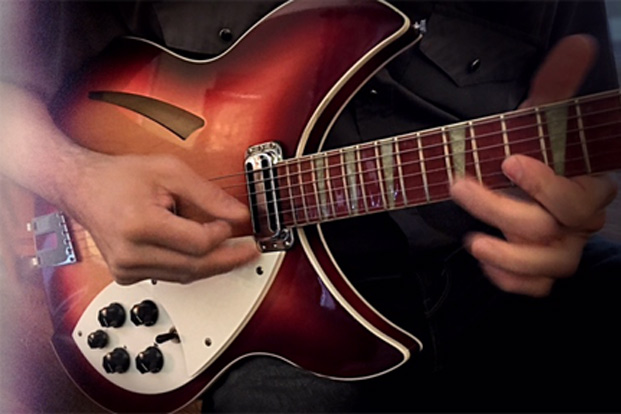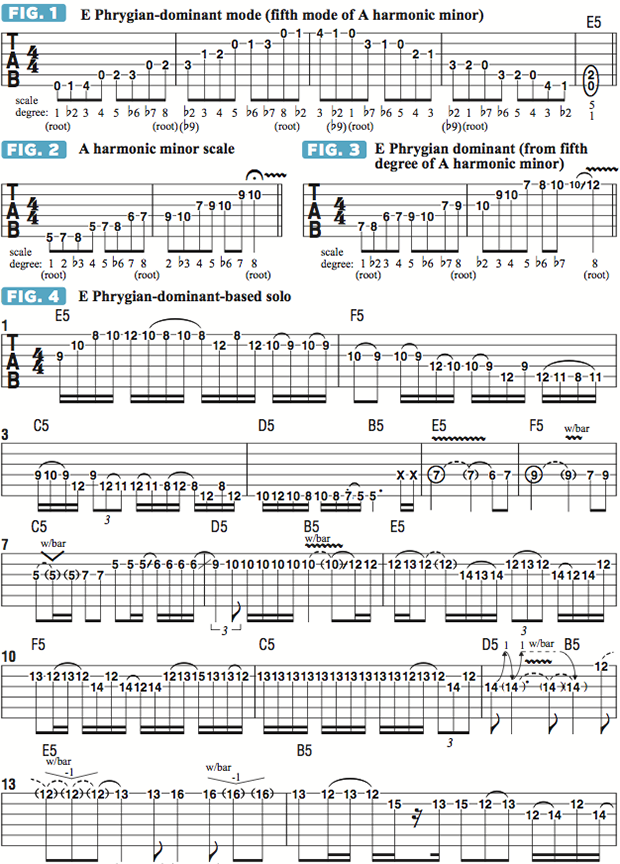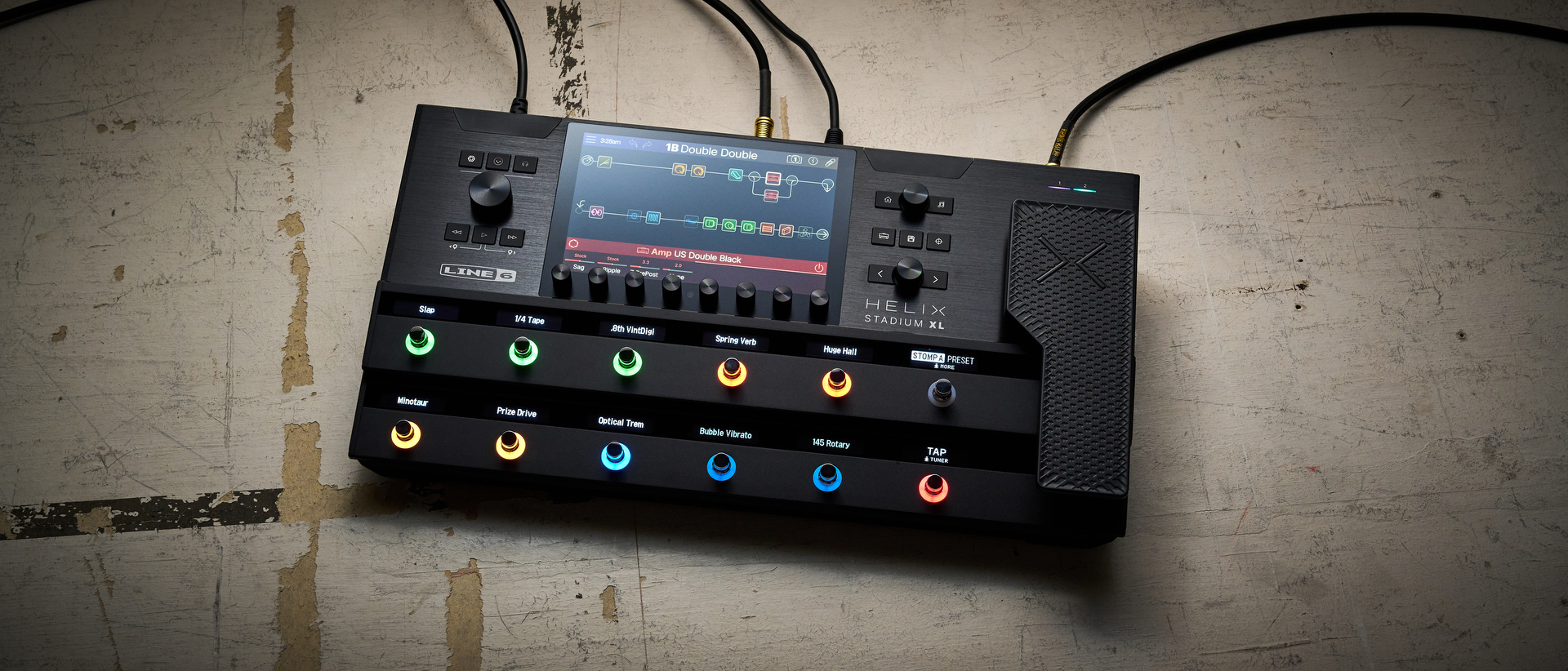Exploring the Phrygian Mode’s Evil Sister Scale, Phrygian Dominant

Last month we investigated the dark sound of the Phrygian mode, which is spelled intervallically 1 b2 b3 4 5 b6 b7.
In the key of E, the notes would be E F G A B C D. Four of the Phrygian mode’s seven scale degrees—the second, third, sixth and seventh—are minor, or “flatted,” intervals, which is what gives Phrygian such a foreboding, “evil” sound, one that is perfectly suited to heavy metal music.
Once you are well familiarized with the Phrygian mode, it’s fairly easy to learn its “evil sister,” the Phrygian-dominant mode. To morph from Phrygian to Phrygian-dominant, only one note needs to change: the minor, or flatted, third (G in the key of E) is raised one half step to a major third (G# in this case), resulting in the intervallic spelling 1 b2 3 4 5 b6 b7.
In the key of E, this translates to E F G# A B C D. FIGURE 1 illustrates E Phrygian-dominant played in first position, with open strings used wherever possible. The sequence of half and whole steps that comprise Phrygian dominant is derived from the harmonic minor scale, of which Phrygian dominant is the fifth mode. If one were to start on the fifth degree of the harmonic minor scale and think of that note as being the new “1,” or root (also known as the tonic), the resultant scale would be Phrygian dominant.
FIGURE 2 depicts the A harmonic minor scale (A B C D E F G#), and, as shown in FIGURE 3, if we begin on the fifth note, or degree, of that scale, E, we get the E Phrygian-dominant mode (E F G# A B C D).
Fretting the scale in this position, I begin with my middle finger on E (A string, seventh fret), switch to my ring finger for the F note one fret higher, and use my index finger for both the G# and the A notes on the D string. This lets me fret the remaining notes on the top four strings by staying “in position,” with each finger assigned to a different fret. The only exception is on the high E string, where I shift my index finger from the seventh to the eighth fret and slide my ring finger from the eighth fret to the 10th.
FIGURE 4 is an improvised solo based mostly on E Phrygian dominant. In bars 1–4, I stick with melodies played in eighth and ninth positions and rely on many quick hammer-on and pull-off combinations between repeated notes to achieve a smooth, or legato, sound. I remain mostly in 12th position from bar 9 onward, again exploiting hammer-on/pull-off combinations as I transition from one phrase to the next.
All the latest guitar news, interviews, lessons, reviews, deals and more, direct to your inbox!


